Worm gears are used in various types of applications for their ability to provide very high reduction ratios and, in many cases, for their self-locking properties. But choosing the right worm gear lubrication involves more than just selecting the right viscosity.
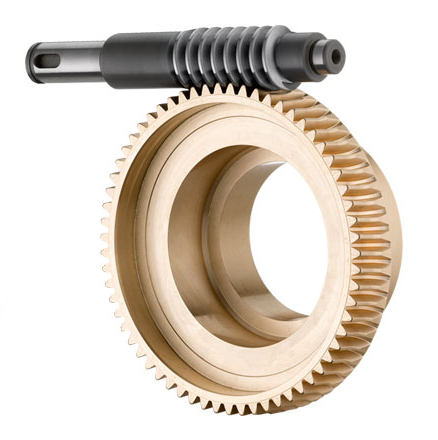
Image credit: Framo Morat
Most gear types, such as helical, bevel and spur, experience both sliding and rolling contact as the teeth engage and mesh. But worm gears operate with mostly sliding contact between the worm and the gear (also referred to as the “worm wheel”). This predominantly sliding contact results in significant friction and very high operating temperatures. It also makes the formation of a hydrodynamic lubrication wedge, or film, difficult, so the gears operate predominantly under boundary lubrication conditions. A result of these combined operating factors is that worm gears require lubricants that can operate under significant heat and pressure, in addition to providing excellent lubricating properties.
Lubricants with extreme pressure (EP) additives seem to fit the bill, but there’s a catch: EP additives often contain activated sulfur or chlorine, both of which can damage yellow metals through softening or etching. (Most worm gears are made of a steel worm and a bronze gear.) To reduce these harmful effects, some EP lubricants now use deactivated sulfur.
In the quest to find a lubrication that can withstand the operating conditions of worm gear assemblies, without reacting with the bronze gear, some manufacturers and lubrication specialists recommend using compounded oils, which are made from a mineral oil base with acidless tallow or fatty acid, and with rust and oxidation inhibitors added. Compounded oils provide better lubricity, which reduces friction and wear. However, they have a temperature limit of approximately 80° C (176° F). Above this temperature, oxidation increases rapidly and produces acidic products that can damage the bronze gear.
Synthetic lubricants are another alternative, and although they have a higher up-front cost, they can noticeably improve the efficiency and operating life of worm gear assemblies. These usually fall into two categories: polyalphaolefin (PAO) and polyalkylene glycol (PAG) synthetic oils. PAOs have lower viscosity and a high viscosity index, so they can be used in a wider range of temperatures. Most have anti-wear additives, and PAOs are available with EP additives.
Similarly, PAGs have a high viscosity index and a wide operating temperature range. They also have superior lubricity properties when compared to other types of lubrication. PAGs contain anti-wear additives, but unlike PAOs, PAG synthetic oils are not available with EP additives. And they tend to be incompatible with paints, seals, and polycarbonates.
Using the wrong type of lubrication and not providing sufficient lubrication are two of the most common causes of worm gear failure.
In addition to choosing the right type of lubricant, ensuring that the worm gear has the right quantity of lubricant is critical to proper operation. Worm gears are typically lubricated by the splash method, and another unique characteristic of worm gear lubrication is that the mounting orientation plays a significant role in determining how much lubrication is needed.
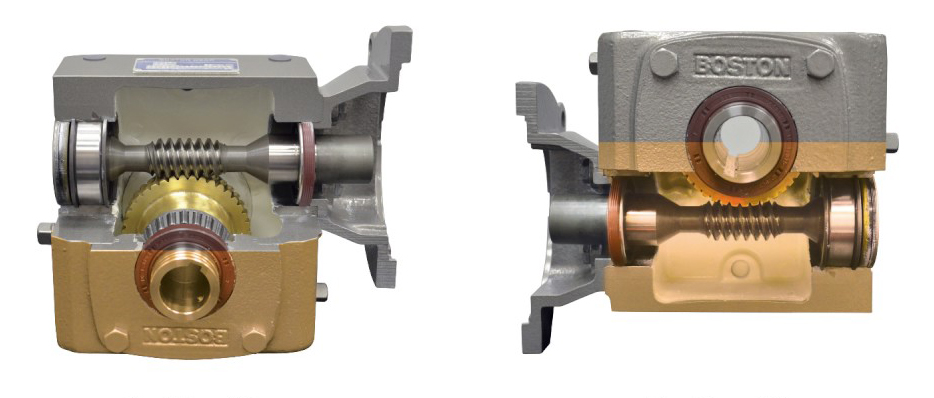
Image credit: Altra Industrial Motion
Case in point – worm gears are most commonly mounted in the worm-over orientation, where the worm sits above the gear, but they can also be mounted in a worm-under orientation. To ensure that it’s properly lubricated in the worm-under orientation, the gear assembly requires up to 50 percent more lubricant than in the worm-over orientation.
Feature image credit: Precision Technologies Group

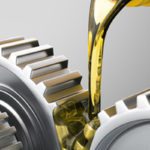

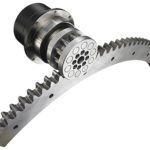
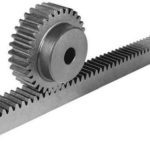
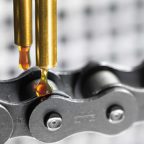

Leave a Reply
You must be logged in to post a comment.